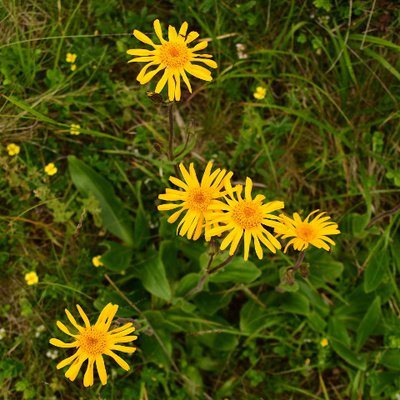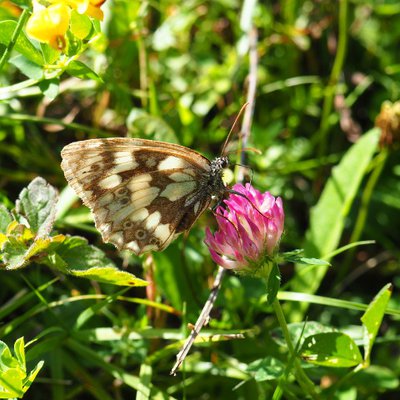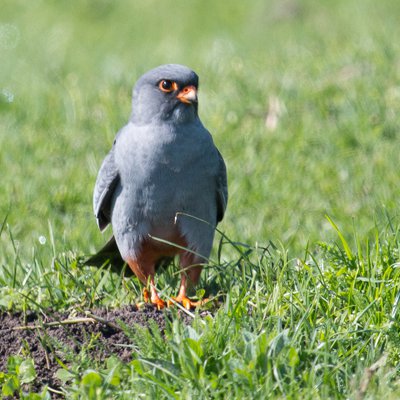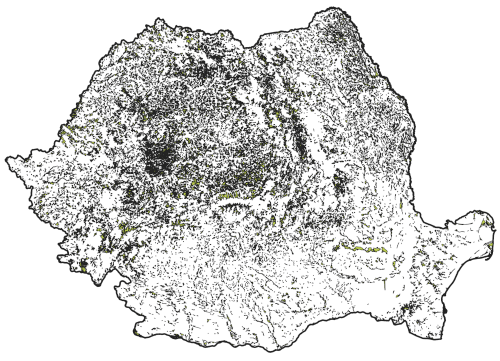Our vision
Our vision is to ensure the long term conservation of grasslands in Romania, particularly their landscape and natural heritage.
Our project aims at protecting the natural and semi-natural grasslands typical to the geographical regions of Romania, which are often home to great natural values.
